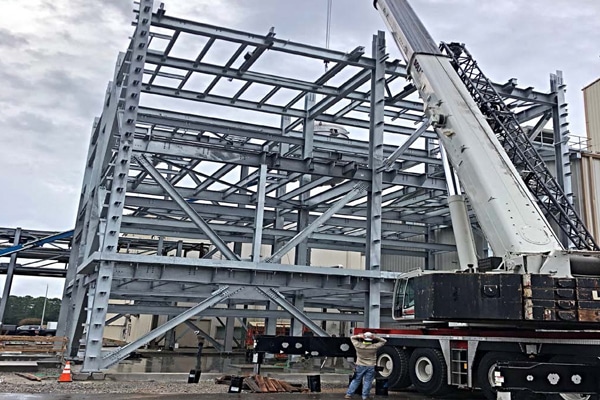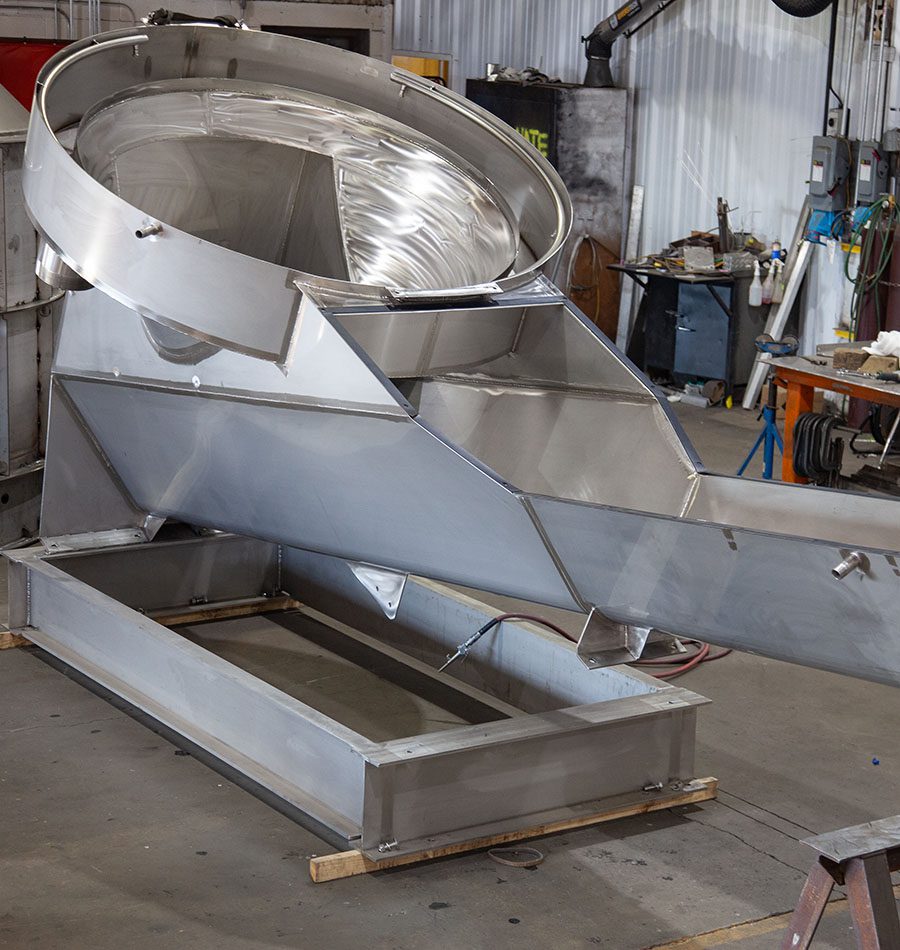Advanced Steel Fabrication Melbourne: Structure the Future Today
Advanced Steel Fabrication Melbourne: Structure the Future Today
Blog Article
Innovative Fads in Steel Construction: Enhancing Sturdiness and Precision
In the world of steel manufacture, the pursuit of durability and precision has actually led to a wave of innovative patterns that are reshaping the sector. These trends are not just shaping the present yet likewise laying the foundation for the future of steel fabrication, assuring more enhancements in sturdiness and precision.
Advanced Welding Technologies
In the world of steel manufacture, the fostering of advanced welding modern technologies has substantially reinvented the sector's approach to achieving exceptional top quality and precision in structural welds. Advanced welding innovations, such as laser beam of light welding and rubbing mix welding, have actually arised as game-changers in the area. By leveraging these innovative welding methods, steel producers can raise the sturdiness, toughness, and precision of their architectural welds, satisfying the progressively requiring needs of modern-day construction projects.
Robot Automation in Fabrication
Accepting robot automation has actually come to be a keystone of modern-day steel construction techniques, boosting and improving processes efficiency throughout the market. Robots are transforming the method steel components are manufactured, supplying unequaled precision and rate while minimizing human error. These automated systems can deal with repeated tasks with consistent precision, resulting in better final result.
One secret benefit of robotic automation in steel fabrication is the ability to function around the clock without fatigue, considerably enhancing manufacturing outcome. This constant operation reduces downtime and accelerates job timelines, inevitably saving costs for makers. Furthermore, robots can be set to do intricate jobs that may be challenging or dangerous for human workers, improving security in the work environment.
Additionally, robot automation allows seamless combination with other digital technologies, such as computer-aided layout (CAD) software application and Internet of Points (IoT) systems (Alpha reo). This interconnected technique improves communication between different stages of fabrication, optimizing operations and guaranteeing real-time surveillance and control. As the steel fabrication sector remains to progress, robot automation attracts attention as a transformative force driving efficiency and accuracy in making processes

High-Strength Alloy Growth
The innovation of high-strength alloy growth in steel construction is reshaping the sector's method to boosting product longevity and efficiency. High-strength alloys are crafted to display exceptional mechanical properties, such as increased tensile strength, strength, and corrosion resistance compared to traditional steel grades. By incorporating these innovative alloys right into manufacture procedures, producers can create components that hold up against greater tension degrees and extreme atmospheres, leading to even more resilient and reputable end items.
One trick advantage of high-strength alloy advancement is the ability to decrease product density without endangering architectural honesty. This not only results in lighter-weight parts yet likewise contributes to cost savings and improved effectiveness in manufacture and setting up procedures. The enhanced strength-to-weight proportion of these alloys enables for the style and building of structures with higher load-bearing capacities while decreasing total weight.
3D Modeling and Simulation Software
Innovations in steel manufacture processes check here have actually been considerably driven by the assimilation of advanced 3D modeling and simulation software application devices. These devices enable producers to develop in-depth digital designs of their projects, enabling them to visualize the end product with precision prior to any kind of manual labor begins. By replicating different stress and anxiety elements, here environmental problems, and architectural tons, producers can enhance styles for boosted toughness and efficiency. Additionally, 3D modeling and simulation software improve the production procedure by identifying potential concerns beforehand, reducing the requirement for costly rework and reducing product waste.

Sustainable Practices in Steel Manufacturing
Integrating sustainable techniques into steel manufacturing processes is essential for reducing ecological effect and making certain long-lasting source accessibility. One crucial sustainable practice is the adoption of energy-efficient innovations to decrease greenhouse gas emissions during the steel manufacturing procedure. This consists of utilizing eco-friendly power resources, such as solar or wind power, to power steel plants and carrying out energy-efficient equipment to maximize power usage.
One more crucial aspect of sustainable steel production is the responsible sourcing of resources. This includes ensuring that the iron ore and other resources made use of in steelmaking are acquired from honest and eco pleasant sources. By advertising transparency in the supply chain and sticking to strict ecological requirements, steel producers can reduce the unfavorable influences of resource removal on neighborhood ecosystems and neighborhoods.

Final Thought
In verdict, the cutting-edge fads in steel fabrication such as advanced welding technologies, robotic automation, high-strength alloy advancement, 3D modeling and simulation software application, and sustainable practices are boosting the resilience and accuracy of steel items. These improvements are revolutionizing the steel construction market by enhancing sustainability, effectiveness, and high quality. It is clear that the future of steel fabrication exists in accepting these advanced modern technologies to satisfy the needs of contemporary construction and manufacturing sectors.
In the world of steel manufacture, the search of longevity and precision has actually led to a wave of ingenious trends that are improving the market.In the world of steel fabrication, the fostering of cutting-edge welding innovations has significantly changed the market's method to accomplishing premium high quality and accuracy in structural welds. As the steel manufacture industry continues to evolve, robot automation stands out as a transformative pressure driving efficiency and accuracy in producing processes.
Moreover, reusing and reusing steel scrap and waste materials play a substantial function in improving the sustainability of steel manufacturing. steel fixing.In final thought, the innovative patterns in steel fabrication such as advanced welding modern technologies, robot automation, high-strength alloy development, 3D modeling and simulation software, and sustainable practices are improving the sturdiness and precision of steel items
Report this page